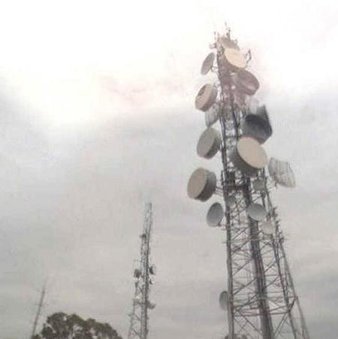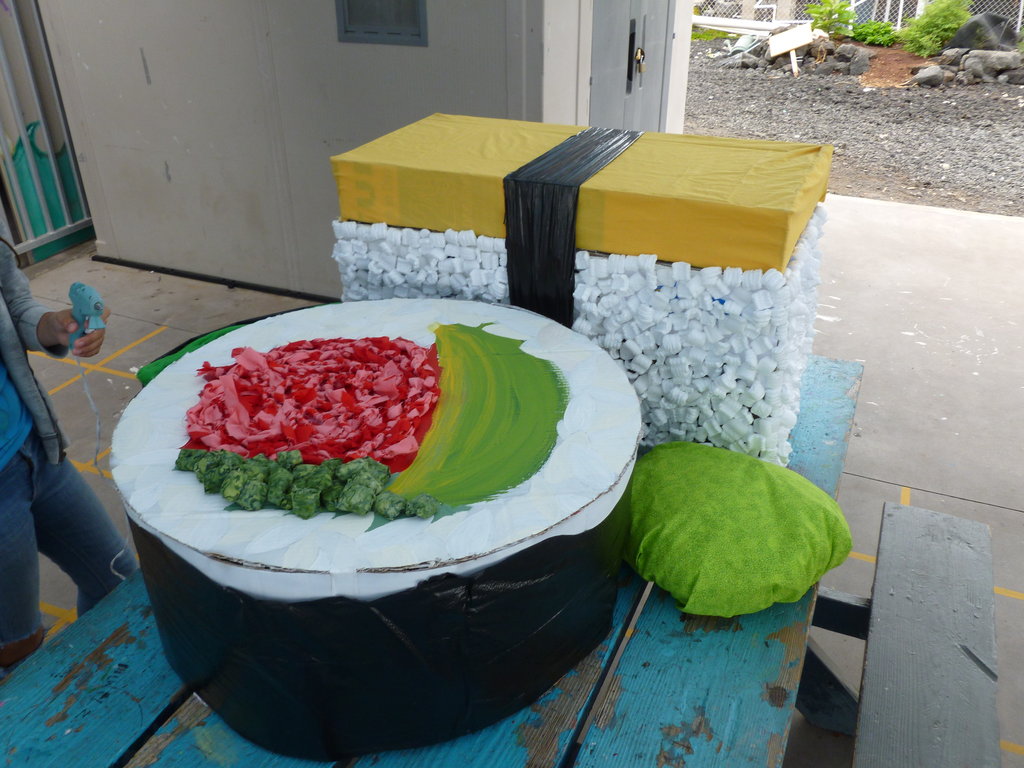I spent the five happiest years of my life in a morgue. As a forensic scientist in the Cleveland coroner’s office I analyzed gunshot residue on hands and clothing, hairs, fibers, paint, glass, DNA, blood and many other forms of trace evidence, as well as crime scenes. Now I'm a certified latent print examiner and CSI for a police department in Florida. I also write a series of forensic suspense novels, turning the day job into fiction. My books have been translated into six languages.
No.
Juries' unrealistic expectations of forensic science may make court cases harder to win, but that's not the same thing.
I'm sorry, I thought I answered this one. We work 40 hours per week, some of us are on four 10s and some on rotating 12 hour shifts. Each of us takes a turn on being 'on call' for overtime calls.
As far as I know since they would all be the same type of cells, they could not be separated.
You can't go wrong with as many science classes as you can get, and especially anything that's specifically forensics. Programs that have hands-on labs for processing evidence and crime scenes would be great. Titles and job requirements aren't uniform, so the only way to know is to call the crime labs in your area or whereever you might be interested in working and ask them. At the coroner's office we had to have at least a bachelor's in a natural science (this was before they had forensic science majors). At the police department where I am now, they only require a high school diploma but you get more points in the interviewing process for having a four year degree, so we all have one. You can also go on the websites for professional organizations such as the American Academy of Forensic Sciences and check out their job vacancy postings and see what the various positions require. Good luck.
CBP Officer
 Do you catch less marijuana at the border now that it's being decriminalized in some States?
Do you catch less marijuana at the border now that it's being decriminalized in some States?
Radio program/music director
 Just how good of a radio host do you think Howard Stern is?
Just how good of a radio host do you think Howard Stern is?
Sushi Chef
 Is there THAT much difference in quality between the fish served at mid-range vs high-end places?
Is there THAT much difference in quality between the fish served at mid-range vs high-end places?
I'm sorry but I would not have the slightest idea. It would depend entirely on the path of the bullet and what it hit. Sorry I couldn't help!
Wow I am sorry I somehow didn't answer this question!! In my experience we do a presumptive test for both and then send to DNA testing because they will confirm the presence of DNA in the quantitative step. We do have the OBTI test for human blood but there's no reason to do it u less we're in a huge hurry to confirm human blood.
Usually in forensic science or any kind of natural science. If you want to go to into drug testing or toxicology, major in chemistry. If you want to do DNA analysis, then biology or biochemistry.
-OR-
 Login with Facebook
Login with Facebook (max 20 characters - letters, numbers, and underscores only. Note that your username is private, and you have the option to choose an alias when asking questions or hosting a Q&A.)
(A valid e-mail address is required. Your e-mail will not be shared with anyone.)
(min 5 characters)
By checking this box, you acknowledge that you have read and agree to Jobstr.com’s Terms and Privacy Policy.
-OR-
 Register with Facebook
Register with Facebook(Don't worry: you'll be able to choose an alias when asking questions or hosting a Q&A.)